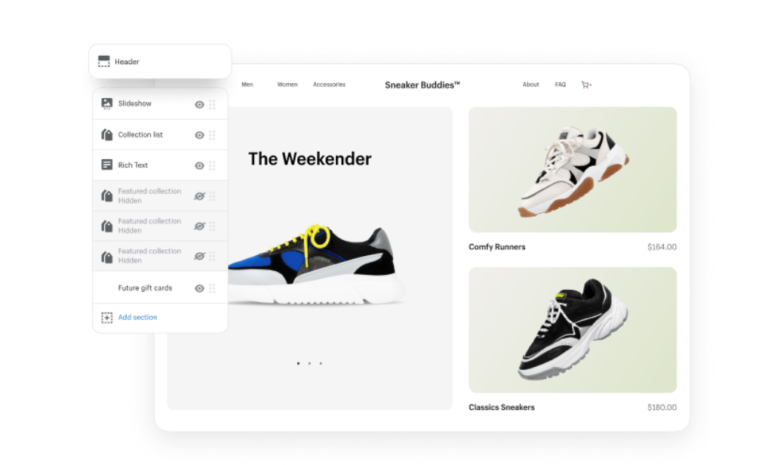
Taking care of your customers is not simply a figure of speech, but a real strategy crucial to reducing customer defections and increasing the profitability of your business.
What is customer retention?
Customer retention is an expression that indicates a company’s ability to retain its customers over a given period of time through a series of relationships over the long term. Therefore, this quality indicates the ability to retain, retain, customers already acquired, preventing them from buying from competitors on subsequent occasions, for example.

Customer retention includes those strategies that aim to incentivize the continued purchase of products and services over time and entice customers to increase their level of spending. These strategies thus aim to increase the return in sales (ROI) from each customer already acquired. Very often these techniques are not even very expensive, making their implementation easily sustainable and definitely cost-effective.
Marketing promotion techniques, often also making use of digital channels, are of great importance in improving and increasing ties with one’s audience in order to stimulate emotions and considerations useful for loyalty processes. A satisfied customer can contribute, in addition to directly through purchases, to producing positive brand signals such as reviews and word of mouth, ultimately increasing the company’s revenue. In contrast, a customer who feels neglected tends first and foremost not to buy repeatedly and eventually to externalize his or her negative judgment. Nurturing customer liking is therefore critical to both preserving and increasing one’s business volume.
Examples of customer retention activities:
- associating a free gift with a sale
- checking that the delivery of the order arrives within the agreed time frame
- spontaneously propose solutions such as discounts or free purchases in response to problems in delivery
- staying in regular contact with emails and newsletters to communicate news and bargains
Why customer retention is critical
In fact, retaining new customers is more expensive than keeping existing ones with you. Improving your company’s customer retention, therefore, is a goal that allows you to increase your overall revenue and the revenue for each individual customer.
Customer retention activities make it possible to increase customer lifetime value (CLV), the value of each customer over time, and to revitalize normally inactive customers who therefore do not contribute to overall turnover. This increases their loyalty to the brand and increases the profitability of each business offer undertaken.
Fundamental turns out to be ensuring customer satisfaction, since when it is lacking the customer feels an incentive to turn to other suppliers.
Activities that aim to forge an emotional or cost-effective bond with the customer make it possible to boost loyalty and increase the likelihood of continuing to do business with them. Even simply thanking a customer for a purchase is a good economic way to make them feel close and special, not simply a number on the balance sheet.
Maintaining relationships already established is a goal that goes through customer care and psychological practices. That is why it is very important to monitor customer satisfaction with questionnaires, reviews, quizzes, online forms, emails, requesting feedback on one’s services, so as to have data on the quality of one’s services and to make customers feel that they are always being followed.
What are the customer retention activities?
Among the main activities there customer retention we have cross selling (recommending products to the customer that complement the value or functionality of those already acquired) and up selling (recommending a higher-end product or service to the customer in exchange for a greater benefit).
Discount programs and 3X2 offers are examples of initiatives designed to instill in the consumer the idea of convenience in buying from the same supplier again and again. A customer who is satisfied with the terms they are given and with the quality of the products and services obtained is more likely to speak well of the brand to others, generating positive word of mouth
Customer retention activities must therefore be repeated over time so that they produce results not only in the immediate term. An example might be discounts for purchasing a given quantity of products.
You must also aim to build loyalty among your customers so that they have the perception that they are being treated more advantageously or appreciatively than their competitors would, that they constitute someone special to the brand, whom the brand intends to reward for the loyalty they receive.
How to increase and improve customer retention?
Each company, of course, depending on the kind of products it provides, its tone of voice, and the kind of industry, can make use of different channels to stimulate the retention of its audience. For example, it may find it more advantageous to make use of newsletters to signal offers and special occasions as well as to stimulate engagement around the Facebook page.
We can, for example, make use of the company’s CRM to keep track of each customer’s birthday, the date of the first purchase, to provide on each given occasion a discount on products that we know the person in question likes. Using specific information about each customer-for example, obtained through surveys filled out when providing loyalty cards-we can fine-tune personalized communications that take into account each person’s specific preferences and purchasing tendencies.
More generally, all activities aimed at increasing consumer satisfaction can fall under customer retention, when they help increase the reach and frequency of purchases by acquired customers. Improving the browsing user experience for example entices consumers to continue to use the same site and not turn to those of competitors. If they are problems that affect the navigation of the ecommerce, solving them from a technical standpoint increases the chances that the user will complete their purchases and make more.
Customers treated with consideration also can become brand ambassadors, individuals who spontaneously spread news of the company’s activities and produce content that amplifies brand visibility.

Providing all the relevant information to one’s products allows one to dispel the potential customer’s perplexities and route them on a path of satisfied purchases. In the case especially of new customers who are still unfamiliar with our brand, we need to provide for all the information needs underlying a bond of trust such as:
- VAT number and registered office (to show that we are a trustworthy company)
- clarification of return and warranty arrangements
- contact methods (phone, email, etc.) to ensure that we can be contacted in case of problems
It is also important to monitor the success that such customer retention activities elicit to ascertain whether we are moving in the right direction.
We can, for example, track clicks on links in emails and newsletters to ascertain whether they lead to additional purchases than would normally be the case. In this way we can estimate the returns attributable to specific customer retention activities.
Customer retention rate (CRR) is one of the indicators most often used in customer loyalty analysis to give an idea of customer loyalty over a given period. It indicates the percentage of customers who buy multiple times in certain time frame.
It is given as the percentage ratio of the number of customers acquired at the end of the period examined minus those acquired in that period.













+ There are no comments
Add yours